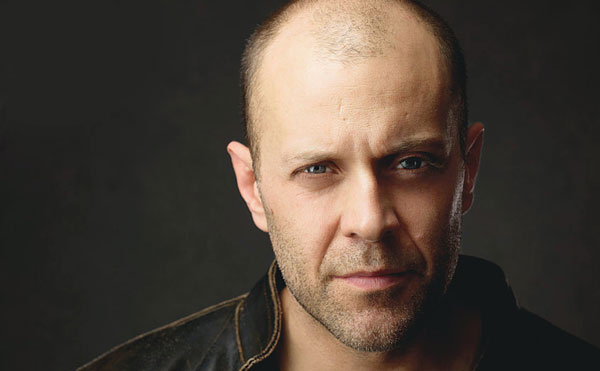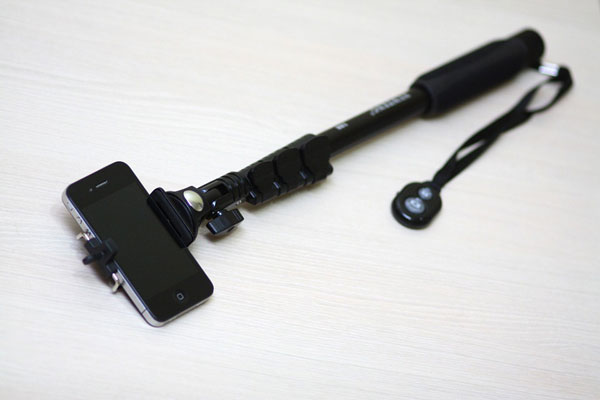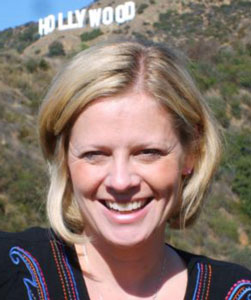
I see it all the time.
Talented, hard-working people struggle to navigate the entertainment industry because they don’t understand how to generate opportunities for themselves and build the relationships they need to get the things they want.
I empathize because it’s a challenging thing to do.
There’s no clear, linear path to success in Hollywood so it can seem overwhelming and lead lots of people to just sit around and hope something comes their way.
But, as the saying goes, hope is not a strategy.
To avoid falling into that trap you need to learn how to shrink the industry and in this post, I’ll show you one way to do so.
Below I’ve mapped out a three-phase strategic approach you can use to identify and connect with people you’d like to work with and/or the ones who can help further your career.
Phase 1: List Creation
The first step to building connections is to identify who you’d most benefit from having in your network.
To do this, start by choosing 3–4 types of people to pursue.
Don’t worry about specific people at the moment, but instead consider what kind of people you’d like to connect with — what are their professions? What do they do?
For example, if you’re an actor you might want to target casting directors, producers, and directors.
If you’re a screenwriter, you might want to target showrunners, literary agents, and development executives.
If you’re a producer, you might want to target studio executives, agents, and film financiers.
Once you choose your categories, come up with a list of specific people within each category to target.
Start with 5–10 names per category so that you wind up with an overall list of somewhere between 15–40 individuals to build relationships with.
The people you add to your lists will likely be a combination of people you want to work with, who you’d like to have a relationship with, who you just want to know you exist, and whose work you admire.
Phase 2: Research
Now that you’ve got your list of ideal connections, the next step is to learn as much about these people as you can.
The more you know about someone you hope to connect with, the more likely you’ll be able to do so.
Here are a few things to research about each person:
What’s their background? How did they get where they are?
Everyone comes from somewhere and the more you know about a person’s backstory, the more likely you are to find commonalities to your own.
What are they working on or what projects do they have coming up?
Get a sense of where their attention is focused and what excites them.
What are their personal interests?
Read interviews with them and see if you have any shared interests outside of the business.
Do they use social media?
If so, follow them.
Who do you know that may know them?
Make a list of people who may be able to connect you to them and/or make an introduction. Social media (especially LinkedIn) can be an easy way to figure out if you have any shared connections already.
How can you potentially help them and what do you have that may be of value to them?
There’s no better way to connect with someone than to provide them value upfront.
Think outside of the box when it comes to adding value. You may be able to help them in ways that have nothing to do with your career. Maybe you have a skill that could help their business, an insight that could be valuable to them, or connections with other people they would benefit from knowing.
How can they potentially help you?
Assuming you eventually are able to connect with them, you want to have a clear idea of how that person could potentially help you get where you want to go.
Phase 3: Outreach
Now that you’ve got your list of people and done your research on them, it’s time to get on their radar and start to connect with them one by one.
I’m about to give you some specific suggestions of how to reach out to people and I know this should go without saying, but I’m going to say it anyway because it’s important.
Be respectful.
While it’s great to be determined and persistent, don’t cross the line into being too aggressive, obnoxious, or worse. Respect people’s boundaries at all times.
There are infinite ways to handle outreach, but most tactics typically fall into one of two categories: Casual or direct.
You can use either (or both) depending on the individual circumstances.
Casual outreach involves putting yourself in places where the person spends time and looking for ways to naturally engage with them.
For example, you could engage with them on social media in a genuine way (commenting on their posts, adding value, etc.) to get on their radar and start to build a relationship.
You also could show up at public places where they’re likely to be such as an event, a panel they’re on at a conference, etc. and look for an opportunity to approach them and introduce yourself.
Direct outreach involves approaching people with a more formal, specific ask tied to your goal.
For example, you might reach out to them with a specific ask for a meeting or to pitch them a project — something that has a clear purpose and reason for them to say yes.
If the person doesn’t already know who you are, then most likely your direct outreach will need to go through an introduction that’s been made from a mutual connection.
But keep in mind that connection doesn’t need to be a “power player,” it just has to be someone they know and trust.
It could be their assistant, babysitter, hairdresser, or whoever you know that can make the introduction and get their attention.
You can also try cold direct outreach and simply reach out to these people via email or phone call, but that’s much less likely to be effective if they don’t already know you.
Regardless of how you choose to reach out, always ground your effort in an exchange of value and relevance — both of which will be easier to do if you’ve done your homework first.
What To Expect When You Do This
Hopefully you’re now fired up to employ the strategy I outlined above, but before you run off and do so I want to help you set some expectations.
There are two eternal truths about this approach:
- It will work if you do it and stick with it.
- It will not work overnight.
Anything valuable takes time and this approach is no different — you need to be consistently active and patient for it to work. It should be an ongoing effort and give yourself at least six months to a year to properly execute it.
Track your progress as you go and iterate based on what works. Along the way, you’ll get learn what tactics work best for you in terms of how to connect with people.
While you won’t ultimately connect with everyone on your list, with a consistent effort you’ll likely get to many of them.
You can also add/subtract people from your list as you go and update your list every three months or so as your interests and career evolve.
Finally, keep in mind you don’t need all of these people to do something with you — even just one of them can change the entire trajectory of your career.
Good luck.
Brian Medavoy is an award-winning producer and manager who has been in the entertainment business for nearly 25 years. In that time, he has emerged as one of Hollywood’s top talent representatives, helping to craft the early careers of actors such as Ryan Reynolds, Tobey Maguire, Josh Brolin, David Schwimmer, Jason Bateman and Maria Bello, among others.




